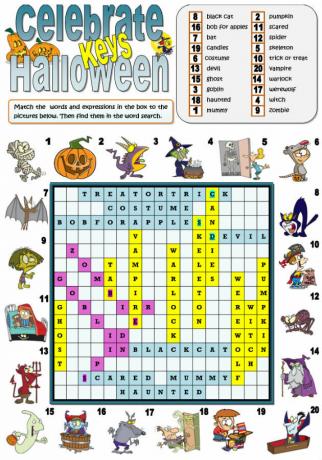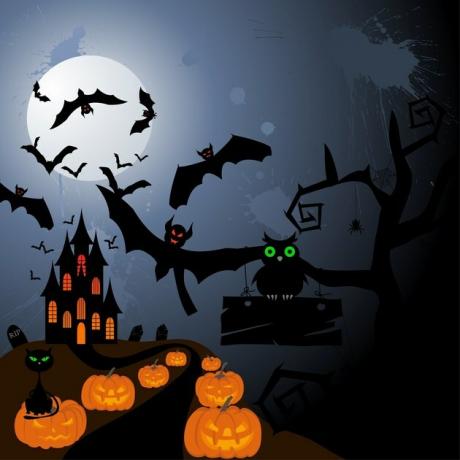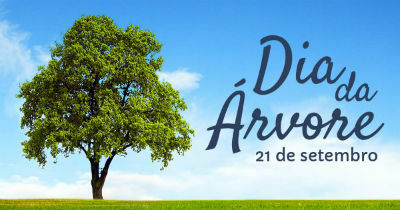Halloween, called Halloween in Brazil, is a dark-themed party celebrated annually in October 31st.
Origin of Halloween
The origin of the Halloween party has a long history, as it has been practiced for over 3,000 years.
It originated with the Celts, people who were polytheistic and believed in several gods related to animals and the forces of nature.
The Celts celebrated the festival of Samhain, which lasted for 3 days, starting on October 31st. In it, in addition to celebrating the end of summer, the passing of the Celtic year, which began on November 1st, was celebrated.
It was believed that on that day the dead rose and took over the bodies of the living. For this reason, costumes were used and the party was full of dark artifacts with the main purpose of defending themselves from these evil spirits.
Later, during the Middle Ages, the Church began to condemn the event, and hence the name “Halloween”.
During Medieval times, healers were considered witches and for taking a stand against the dogmas of the Church, they were burned at the stake.
Thus, in an attempt to remove the pagan character of the feast, the church made changes to the calendar, so that All Saints' Day started to be celebrated on November 1st, what used to happen on November 13th May.
Hence the name Halloween derives from the joining of the words hallow, which means "holy", and eve, which means "eve".
With the colonization of American lands, the tradition was included in the culture of America, especially in the United States.
It is interesting to note that the Halloween tradition has been passed down from generation to generation, as there is nothing written about it.
History of Halloween in the United States
In the United States, the Halloween tradition is very strong. It was brought by Irish immigrants in the 19th century. Since then, the party has been a huge success.
Children wear costumes and knock on house doors saying the traditional phrase: "Trick or treat?" (trickortreat, in English). The game consists of asking for sweets, threatening to commit a mischief to those who deny the treats.

Houses and streets are decorated with dark themes (witches, skulls, mummies, vampires, ghosts, etc.). One of the most emblematic marks of the party are the large pumpkins with a face and candles inside.
Currently, the celebration has great commercial value and the date is a public holiday in the United States.
In addition to the United States, the party was spread across several countries around the world, with a strong tradition in Canada and the United Kingdom.
Traditions, Fantasies and Symbols
Children's ordering of sweets is related to ancient Celtic tradition. As a way to appease the evil spirits, people offered them food. Celtic women baked a cake called the “soul cake”.
The tradition of the candle inside the pumpkin comes from Irish folklore and is related to the figure of “Jack of the lantern”. However, in the original story the pumpkin was a turnip.
Jack was a drunkard who, deceiving the devil, managed to escape from hell. When he died, Jack was not accepted into heaven, so his soul wandered through the nights using a flashlight to light the way. The lantern was made from a turnip.

Given the abundance of pumpkins at party time in the United States, they took over the party's decor.
The main symbols associated with the celebration are pumpkins with candles, witch costumes, skulls, mummies, ghosts, zombies, bats and cats. In addition, the most used colors are black, purple and orange.
History of Halloween in Brazil
Although in Brazil Halloween does not have a great tradition, there are many themed parties that take place on October 31st nowadays.
This was due to American influence and, therefore, it is a recent celebration in the country. However, it is still not compared to the festivities that take place in the United States. Before it was not celebrated, but for 20 years it has become a habit.
One of the main drivers of this culture were the language courses in the country. In many language schools students celebrate the date related to English and American culture.
O Saci's Day was introduced in the country in 2003 through Federal Bill No. 2,762. The idea was to celebrate something that belongs to national folklore and, therefore, is celebrated on the same day as Halloween: October 31st.
Halloween Day Activity
How about proposing to your students this word search game (Word Search, in English)?

Check out the answers!





